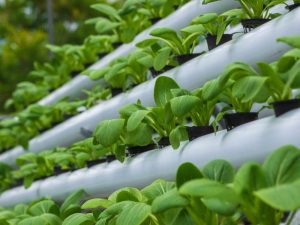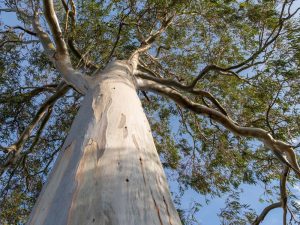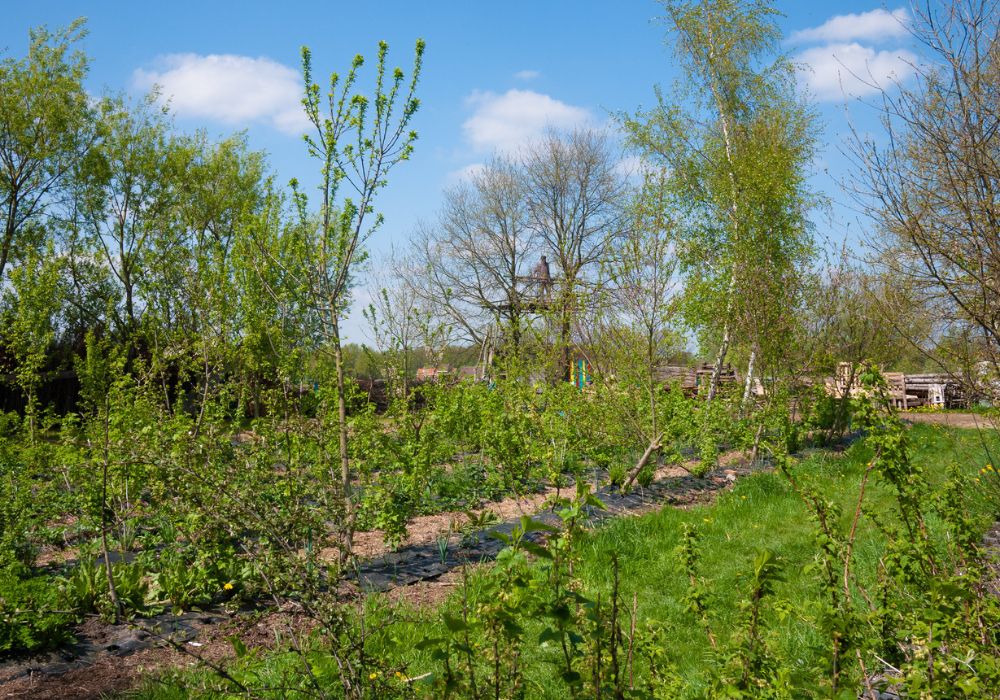
A food forest is a sustainable method of growing edible plants that replicate forest ecosystems. This cluster of flora combines several layers of plants, each with the function of producing a self-sustaining, biodiverse scene unlike those of conventional gardens.
This article will go over what makes this garden unique, its ecological advantages, and how you might create one fit for your area and requirements.
Understanding the Concept of a Food Forest
Contents
An original method of producing food that reflects the natural woodland ecosystem is a food forest. Rooted in permaculture ideas, this approach emphasizes building a strong, autonomous environment where soil, plants, and animals coexist peacefully.
Unlike traditional gardens that sometimes depend on single crops and high maintenance, this approach seeks to replicate the layered structure of a forest. Thus, it offers a variety of edible plants while requiring less human involvement. Every plant fulfills a particular function in the ecosystem, supporting water conservation, pest control, and soil quality.
Indigenous customs, long known for recognizing the need to combine edible plants with natural systems, inspire this idea. This growing approach maximizes output and biodiversity in a limited area by incorporating several layers, such as trees, shrubs, herbs, and root crops. With plants naturally improving the soil and helping one another, these areas grow stronger over time and call for less work as they develop.
The stress on long-term sustainability is essential for the success of these settings. The ecosystem is made to regenerate and flourish independently rather than draining soil nutrients or depending mostly on outside inputs like fertilizers. This makes it a desirable choice for everyone wishing to grow food in a way that fits with the surroundings since it not only offers food but also promotes wildlife and aids in the restoration of natural habitats.
Designing Your Food Forest
Creating a food forest may seem daunting, but with thoughtful planning and a clear understanding of how ecosystems work, it becomes a rewarding process. The key to designing your food forest is to take inspiration from natural forests while adapting it to your specific environment. A well-designed food forest not only produces food but also enhances the land’s health and resilience over time.
Here’s how you can get started on your own.
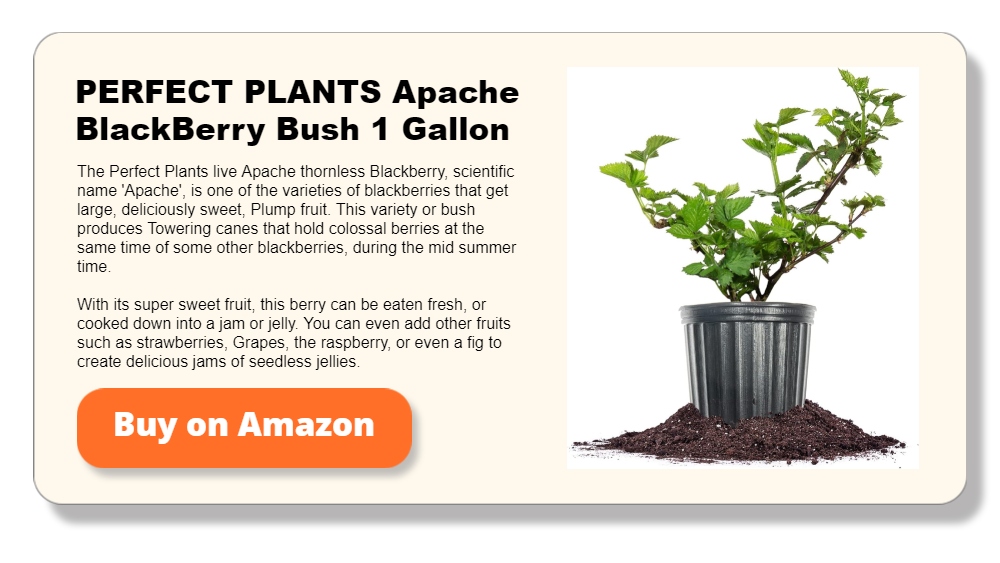
Site Assessment: Sunlight, Soil, and Water Considerations
Before planting anything, assess your site carefully. Understanding the amount of sunlight, the quality of your soil, and how water flows through the area will shape the design of your food forest.
Sunlight is critical, as different plants have varying light needs. Trees and large shrubs that will form the canopy should be placed in areas with the most sunlight. Plants that tolerate less sun can be layered below as the canopy provides shade.
Soil quality is another crucial factor. Conduct a soil test to determine its composition and nutrient levels. If the soil is poor, consider amending it with compost or other organic matter before planting.
Additionally, evaluate how water moves through the site. Observe whether rainwater pools in certain areas or runs off too quickly. You can use natural water management techniques, such as swales or rain gardens, to help slow down water runoff and ensure plants receive adequate moisture.
Selecting the Right Plants for Your Climate
Choosing the right plants for your climate is essential for a successful food forest. Start by selecting native and perennial species that are well-adapted to your region. Native plants are more resilient and require less maintenance, as they’ve already evolved to thrive in your local environment. Perennial plants are ideal because they return year after year without needing to be replanted, saving time and effort.
Begin with the canopy layer by selecting trees that will form the backbone of your food forest. Fruit and nut trees like apple, pear, hazelnut, or walnut are excellent choices, depending on your climate.
Next, choose smaller fruiting shrubs for the understory, such as raspberries, currants, or elderberries. Be sure to include herbs, vegetables, and ground covers in the lower layers to maximize your space and provide diverse yields throughout the year.
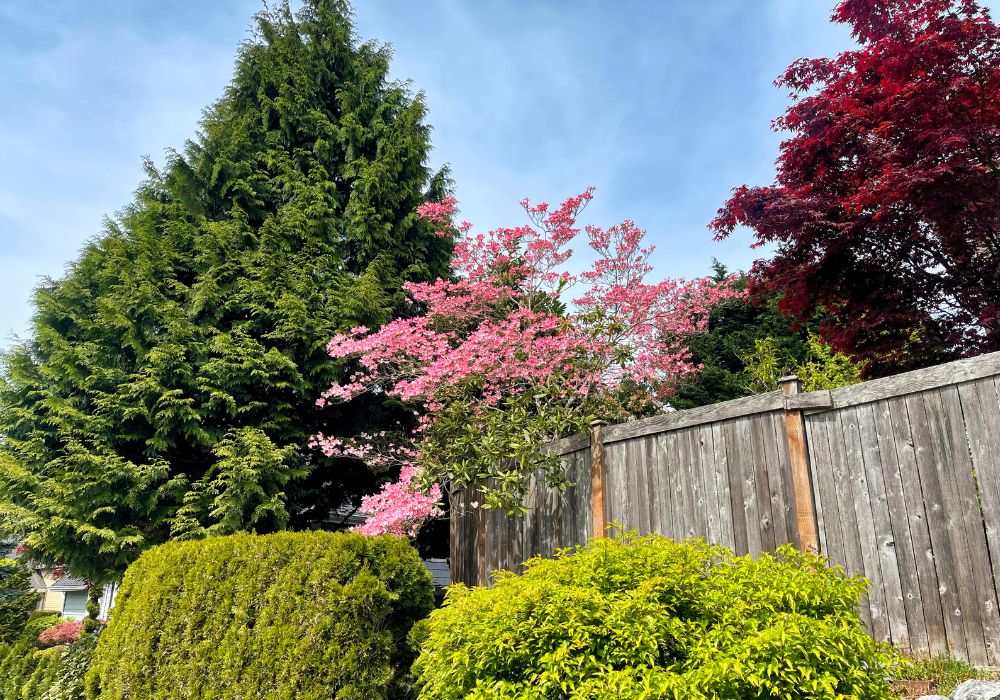
Creating a Multi-Layered Planting System
A food forest’s multi-layered construction, which replicates a natural forest structure, defines it. This system lets plants occupy various vertical areas, optimizing resources and sunlight. Plant your tallest trees first; they will make the canopy. Under these trees, place smaller shrubs suited for partial shadow.
Then load the herbaceous layer with low-growing flowers, vegetables, and herbs. These plants add to the general diversity of your system and profit from the filtered sunlight the higher layers provide. Ground covers help to stop soil erosion and control weeds; examples include creeping thyme or clover.
Besides these layers, consider including vines and root crops to complete your system. Underground-growing root crops like potatoes or carrots give your food production another dimension. Trained to grow vertically, vines like beans or grapes maximize your space even more.
Tips for Maintenance and Long-Term Growth
A food forest needs attention, even if it is meant to be self-sustaining, particularly in its early phases. Over the first few years, regular mulching, watering, and weeding will help your food forest become established. Maintenance will lighten as the plants grow and start to help one another.
Still, another crucial chore is pruning. Although trees and shrubs sometimes grow wild in natural forests, pruning your food forest plants will help improve air circulation, increase sunlight, and raise yields. Watch the mix of fast-growing and slow-growing plants to prevent overgrowth or species competition.
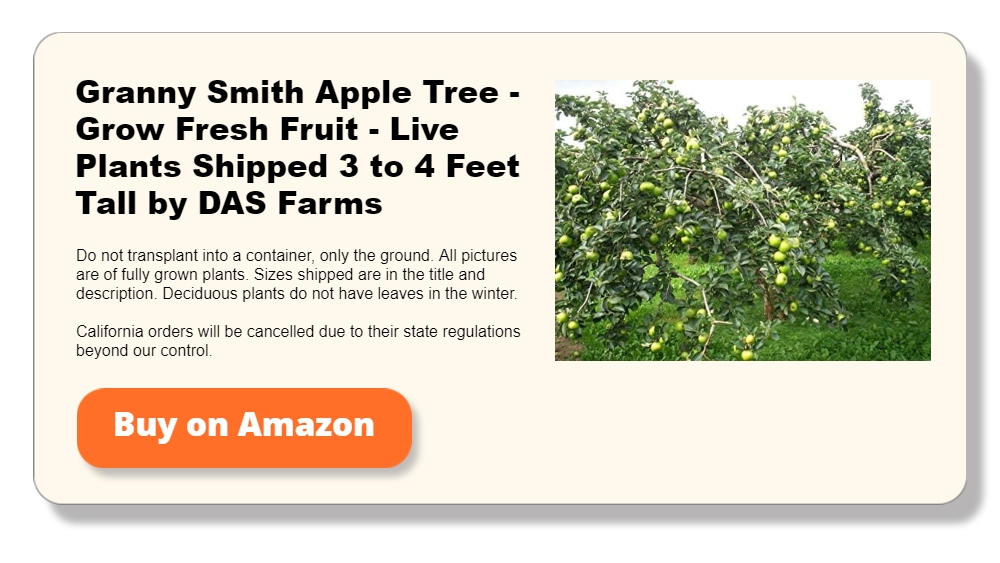
Long-term success depends critically on plant diversity. Your food forest’s risk of pests or diseases being taken over decreases with the ongoing addition of a range of species. One plant may suffer; another can replace it to guarantee the ecosystem stays healthy. Your food forest will grow steadily low-maintenance and vibrant source of food and natural beauty over time.
The Layers of a Food Forest
A food forest thrives on its capacity to replicate the complexity of a natural forest, so establishing a system of several layers that each contributes to the health and output of the ecosystem. Taken together, these layers maximize space, boost biodiversity, and create a sustainable environment. Building a balanced system that supports food production as well as environmental stability depends on an awareness of every layer.
Canopy Layer: Fruit and Nut Trees
Tall fruit and nut trees make up the canopy layer at top of the construction. These trees not only yield plenty but also give the plants below necessary shade, so lowering water evaporation and maintaining the coolness of the ground.
Deep roots bring nutrients from far below the ground to the surface so other plants may reach them. Trees, including apple, walnut, chestnut, and pecan, are common among this layer. They also provide habitat for useful species that might improve the whole ecology and help control pests.
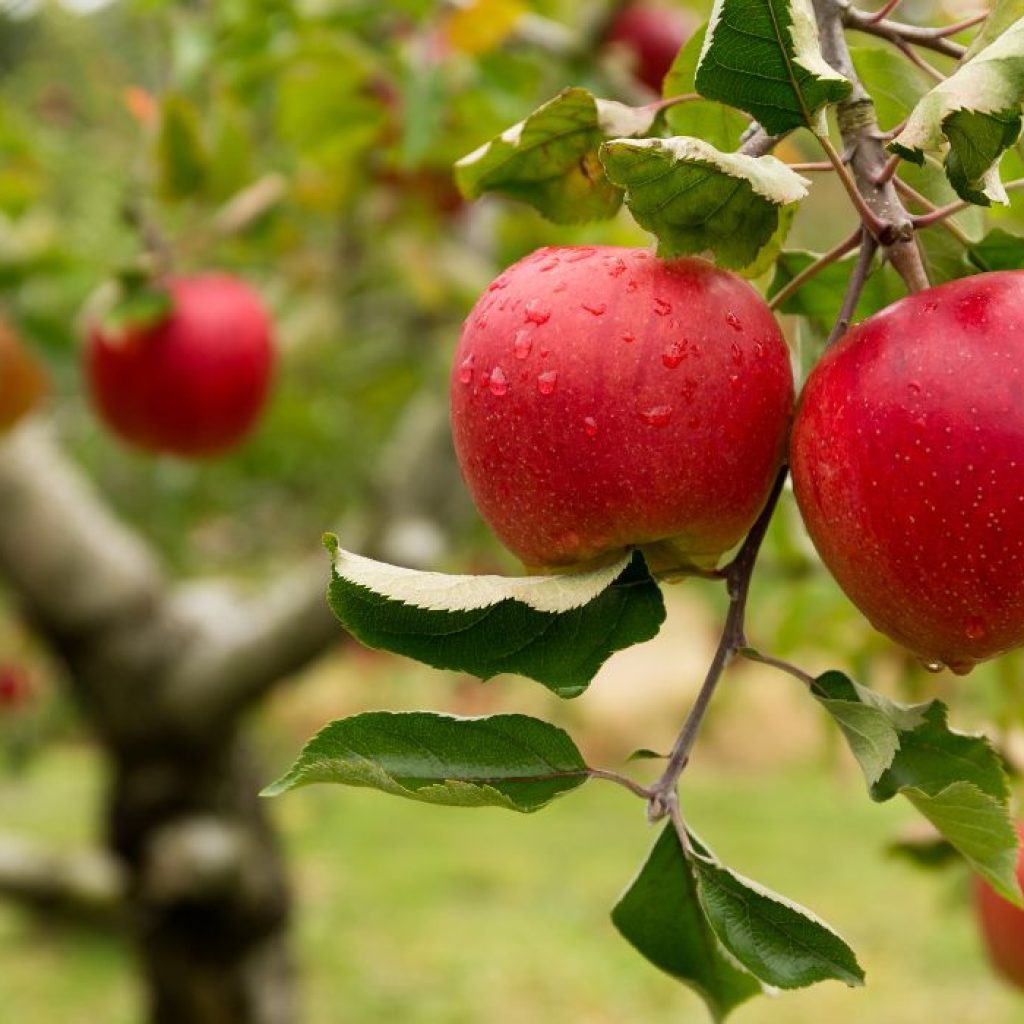
Shrub Layer: Berries and Smaller Fruit-Bearing Plants
Smaller fruit-bearing bushes and plants abound in the shrub layer, just under the canopy layer. Adding variation and raising the output of your edible landscape depend on this layer. Shrubs that thrive in the partial shade the canopy provides include blueberries, raspberries, blackberries, and currants.
These shrubs draw pollinators that maintain the health of the ecosystem. Without depending on chemical treatments, the shrub layer helps keep equilibrium in the system by attracting beneficial insects. Moreover, the plenty of fruit makes this layer a crucial component of the food-producing system.
Herbaceous Layer: Herbs, Vegetables, and Ground Covers
Ground covers, vegetables, and herbs comprise the herbaceous layer, which gets closer to the ground. These plants provide a variety of edible choices and flourish in the filtered sunlight coming from the higher levels. Many of these plants either fix nitrogen or act as natural mulch, improving the soil’s condition.
Popular herbs such as oregano, basil, and comfrey thrive here, as do leafy vegetables such as kale and spinach. Ground covers such as clover or creeping thyme, which help control weeds and stop soil erosion, keep the system strong.
Root Layer: Edible Plants Below the Surface
Often disregarded, the root layer is equally vital as the outwardly visible plants. It consists of root vegetables and subterranean growing tubers, including carrots, potatoes, garlic, and onions.
These crops not only provide a consistent supply of food but also aerate the ground. Breaking up compacted soil helps to restore its structure, facilitating the growth of other plants. A well-balanced system ensures a healthy and productive food forest through cooperation between the root layer and the plants above.
Climbing Layer: Vines and Vertical Growers
Ultimately, the climbing layer makes use of vertical space so that plants may grow upward rather than outward. Making the most of limited space, vines including grapes, beans, and passionfruit can be taught to climb trees, trellises, or other constructions.
Growing vertically helps you maximize the output of your landscape by freeing climbers from competition for nutrients or sunlight. These plants also help to shade and protect lower layers, so producing a more complicated and effective ecosystem.

Every layer of the food forest is absolutely essential for producing a self-sustaining, profitable system. Carefully crafted, these layers interact in a way that replicates nature, so lowering the need for human intervention and outside inputs.
This method presents a sustainable way to raise food by using natural systems including water retention, nutrient cycling, and pest control. The plants in a food forest help one another over time to create a vibrant, low-maintenance ecosystem that advantages the surroundings as well as humans.
Ecological and Sustainable Benefits of Food Forests
More than just a place to produce food, a food forest generates an ecosystem in balance with the surroundings. Food forests are meant to be self-sustaining by copying natural forest systems, thus once established they require little human intervention. For those wishing to grow food while improving environmental quality, these settings offer a variety of ecological and sustainable advantages that appeal.
Fostering Biodiversity
The capacity of a food forest to promote biodiversity is among its main advantages. A food forest generates a varied habitat that supports a great variety of species by including several layers of plants, trees, shrubs, herbs, and ground covers.
Beneficial insects, birds, and pollinators drawn from this diversity help the ecosystem remain healthy. Since no one species rules the scene, a wide range of plants also helps stop the spread of diseases and pests. Different plants and animals form a balanced system whereby every organism contributes to preserving the general condition of the ecosystem.
Furthermore, the diversity of a food forest improves resilience against environmental stresses, including flooding, drought, or extreme weather. A variety of plants guarantees that even if one species suffers, others can flourish and keep contributing to the ecosystem’s output. This helps one species be more flexible in changing conditions. Encouragement of biodiversity helps a food forest naturally increase its capacity for sustainability.
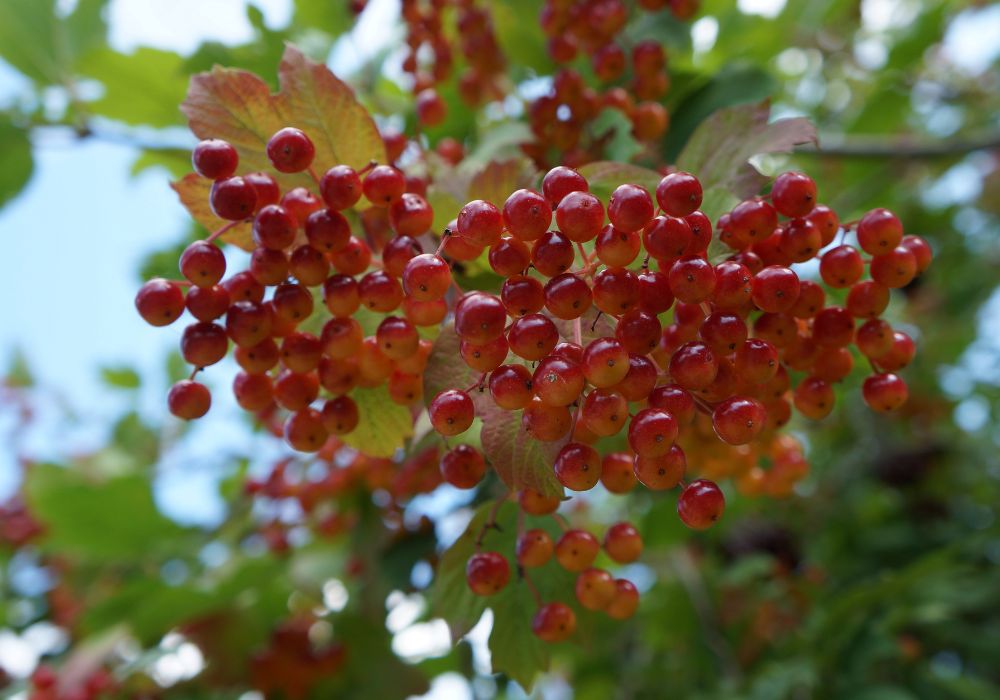
Improving Soil Health and Carbon Sequestration
Any successful garden starts with healthy soil, and food forests shine in gradually improving soil quality over time. In a food forest, the roots of trees, shrubs, and other plants help to stabilize the ground, slow down erosion, and foster the growth of helpful bacteria.
The natural breakdown of leaf litter, rotting plant material, and organic matter from several layers supplies nutrients to the soil, negating the need for synthetic fertilizers.
Food forests also significantly help to request carbon. Trees and other plants absorb carbon dioxide from the atmosphere and save it in their biomass and soil, helping to lower greenhouse gas emissions.
As the food forest develops over time, it can store more carbon, so helping to slow down global warming. Food forests are a good answer for those trying to lower their environmental impact while generating food since the long-term benefits of carbon storage make them efficient.
Water Efficiency and Natural Irrigation Systems
A food forest offers one of the main benefits in terms of water efficiency since water is a limited resource. By offering shade and ground cover, a food forest’s layered arrangement lowers water evaporation and helps to keep the soil moist for extended periods. Deep-rooted trees pull water from deeper layers of soil, thus increasing the system’s overall drought resistance.
Food forests frequently include mulching, swales, and rainwater collecting, as well as natural irrigation methods to capture and store water. These techniques help water to be gradually absorbed into the ground, thus lowering run-off and stopping water loss. Food forests are, therefore, a more sustainable option since they demand less water than traditional gardens, particularly in places prone to drought or limited water availability.
Low Maintenance and Natural Pest Control
Once established, a food forest calls for less maintenance than conventional gardens. The various spectrum of plants cooperate to form a self-sustaining system, lowering the need for fertilizing, watering, or weeding.
While shade from taller plants lowers water loss and shields delicate species, ground covers control weeds. Because beneficial insects and predators are drawn to the food forest and help to control dangerous species, the natural balance within it also helps control pests.
Still another major advantage of a food forest is this natural pest control. Avoiding chemical pesticides helps the system stay free from toxins and healthy, thus enhancing the well-being of every species in the ecosystem. As the food forest ages, the need for outside interventions lessens, resulting in a low-maintenance and profitable area.
Restoring Natural Habitats
Apart from generating food, a food forest can significantly help to restore natural surroundings. Food forests help to restore land that might have been degraded by urban growth or agriculture by bringing native species back into action and building a vibrant ecosystem.
They help pollers, offer food and cover for animals, and help rebuild local ecosystems. This healing promotes a more harmonic coexistence between people and nature and helps safeguard biodiversity.
Food forests help the earth and people by combining environmental preservation with food manufacturing. Their ecological and sustainable benefits make them useful tools for handling habitat loss, soil damage, and climate change. The possibility of food forests changing landscapes and communities keeps increasing as more people accept the concept of producing food in harmony with nature.
Common Challenges and How to Overcome Them
Designing and maintaining a food forest presents difficulties even if it is fulfilling. These challenges can span controlling pests to juggling plant development. Still, these obstacles can be successfully overcome with the correct techniques.
Here is a list of some of the most typical problems that people starting a food forest run across and some solutions.
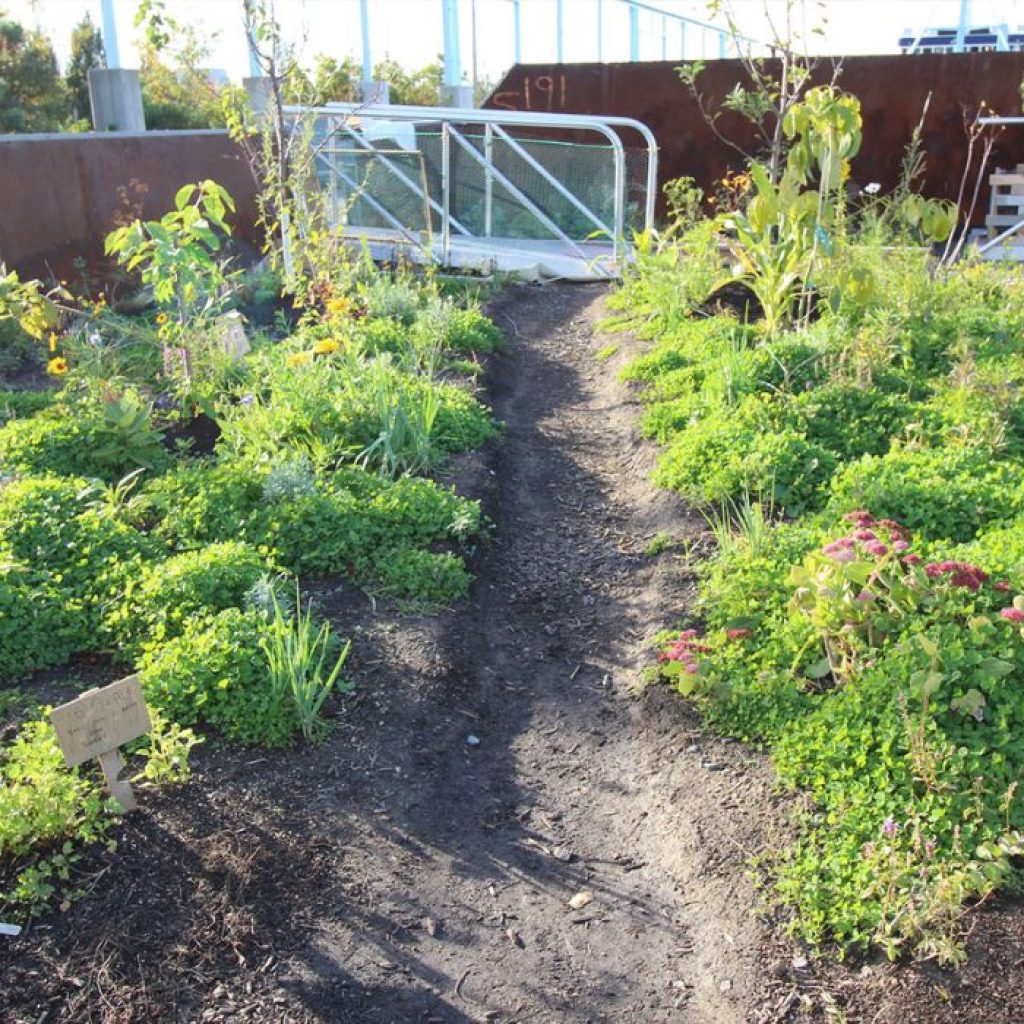
Dealing with Pests Naturally
Managing pests and diseases presents one of the main difficulties in any garden or food forest. Generally speaking, a food forest draws fewer pests than monoculture systems since it promotes biodiversity. Still, issues can still develop.
Emphasize natural approaches to pest control instead of chemical ones. Plant herbs like dill, marigold, and fennel to attract helpful insects, including predatory wasps, ladybugs, and lacewings. These insects will, in part, lessen the number of aphids, caterpillars, and other pests.
Balancing Fast and Slow-Growing Plants
Some plants in a food forest mature slowly, while others grow rapidly. Fast-growing species can overwhelm slower ones in this way, limiting their access to nutrients and sunlight.
Plan your layout deliberately to get beyond this. Knowing that they can be pruned or removed once slower-growing trees are established, plant fast-growing species such as nitrogen-fixing trees or shrubs as a temporary fix.
Conclusion
A food forest is a well-designed landscape that mimics nature can produce food while supporting the environment. These systems promote biodiversity and improve soil health, creating a thriving ecosystem. With thoughtful planning, they offer a sustainable food source for years to come.
We have more articles on growing your own food at home. Check out our crop garden for profit guide!


